Is Wi-Fi 6 worth it? When should I upgrade? How is it different? With Wi-Fi 6, you can expect faster performance, connecting multiple devices to the Wi-Fi network, and reduced bandwidth stuttering. An improved mobile device battery life is a plus. All that you need to know about Wi-Fi 6 is discussed ahead.
Compared to Wi-Fi 5 (802.11ac) technology, Wi-Fi upgrade is starting to arrive for Wi-Fi 6 (802.11ax), which offers faster throughput speeds, improved battery life, and reduced bandwidth congestion. These days, it’s simple to locate various router and client devices at all price points that take advantage of Wi-Fi 6’s formidable wireless networking capabilities. This article discusses everything you need to know about Wi-Fi 6 and its pros and cons. We will also see the differences between Wi-Fi 6 and Wi-Fi 5.
Should I upgrade to Wi-Fi 6? Before making an impulsive Wi-Fi 6 router purchase, let’s review some crucial factors.
Contents
What is Wi-Fi 6?
The goal of reducing congestion comes first. The most recent standard, Wi-Fi 6, is the biggest Wi-Fi upgrade starting to arrive. It is faster and more effective than older Wi-Fi standards and is also known as 802.11ax under the previous naming scheme. It makes significant advancements over the previous standard, 802.11ac, now known as Wi-Fi 5.
Thanks to Wi-Fi 6’s MU-MIMO (multiple users, inputs, and outputs) technology, multiple users can connect to and access the network at once. Additionally installed is OFDMA (Orthogonal frequency-division multiple access), which increases efficiency and bandwidth allocation. Transmit beamforming is another feature of Wi-Fi 6 that enhances signal strength and range. These technologies are excellent for public Wi-Fi networks, even though they may not significantly improve your home Wi-Fi experience. The Wi-Fi Alliance lists stadiums, residential complexes, retail locations, and transportation hubs as ideal use cases.
With a theoretical maximum throughput of 9.6 Gbps, up from the 3.5 Gbps of Wi-Fi 5, Wi-Fi 6 also adds a lot of speed. Additionally, enhanced security is provided, with the WPA3 security standard making it more difficult to guess your Wi-Fi password.
What Has Changed in Wi-Fi 6 for Users at Home?
What new features that Wi-Fi 6 introduces do residential users most commonly use? Does it bring something much more efficient to the table? What are the reasons to switch? The answers to each of these questions are positive. There are numerous new technologies worth learning about in comparison to Wi-Fi 5. To know if Wi-Fi 6 is worth it, we have outlined the differences between Wi-Fi 5 and 6 to let you choose the best.
Compared to Wi-Fi 5, Wi-Fi 6 is faster and uses less energy.
Using ODFMA technology, your internet speed won’t be slowed even if your Wi-Fi is connected to numerous devices. Even in crowded areas, Wi-Fi 6 devices will be more likely to sustain those high speeds. Bug fixes and power-saving optimizations are some of the brand-new features of Wi-Fi 6 for home customers. With the most recent wireless technologies, there are more options for data protection when utilizing public hotspots.
Bug fixes and power-saving optimizations are some of the brand-new features of Wi-Fi 6 for home customers. With the most recent wireless technologies, there are more options for data protection when utilizing public hotspots.
Compared to Wi-Fi 5, Wi-Fi 6 networks may support more devices
The Wi-Fi 6 can also link with smart home devices, a fantastic new feature that makes it the ideal upgrade option. Wi-Fi 5 is only interoperable with a select few devices. Wi-Fi can transport numerous devices for numerous people. All of this can be handled by the Wi-Fi 6 router without affecting your internet service or decelerating your Wi-Fi speeds.
Wi-Fi can transport numerous devices for numerous people. All of this can be handled by the Wi-Fi 6 router without affecting your internet service or decelerating your Wi-Fi speeds.
Frequently occurring causes of slow internet
Here are a few additional causes of sluggish internet speed:
- Your ISP (internet service provider) is slowing down your internet. When you exceed your data cap, this may occur.
- Your system may have a Trojan virus, which might be why you’re getting delayed answers to your requests. You can download antivirus software to scan your PC thoroughly.
- Proximity can be beneficial. Your router cannot reach your device due to inadequate coverage. Your laptop may occasionally be unable to connect to your router.
- There are far too many users connected to your Wi-Fi. Your internet connection slows down since each connected device consumes some of your available bandwidth. It’s always smart to turn off the Wi-Fi on devices you aren’t using.
 Identifying and rectifying the issues mentioned above can greatly help boost internet speed. You can also use signal boosters to enhance the speed of your Wi-Fi.
Identifying and rectifying the issues mentioned above can greatly help boost internet speed. You can also use signal boosters to enhance the speed of your Wi-Fi.
See Also: Wi-Fi Antenna Booster For Android | 12 Best Wi-Fi Signal Boost Apps
How quick is Wi-Fi 6?
Wi-Fi 6 employs an Orthogonal Frequency Division Multiple Access (OFDMA) technique, which is one reason it is much faster than earlier standards. With the aid of this technology, numerous devices can simultaneously receive data from your Wi-Fi signals.
If a Wi-Fi 5 signal were a delivery van, it could only deliver one package at a time to one area. Wi-Fi 6 signals, on the other hand, behave more like a tractor-trailer that can transport numerous items to numerous destinations simultaneously when using OFDMA. Because high-priority traffic won’t have to wait in line behind non – preemptive traffic, OFDMA can drastically reduce latency. As a result, watching a movie online won’t cause any buffering.
Because high-priority traffic won’t have to wait in line behind non – preemptive traffic, OFDMA can drastically reduce latency. As a result, watching a movie online won’t cause any buffering.
Is Wi-Fi 6 worth it?
“Do I need Wi-Fi 6?” is the most crucial and initial query that requires a solution. You probably don’t know if your present Wi-Fi configuration is working properly for you. The majority of us have adequate Wi-Fi 5 internet connection speeds. Your existing network configuration is generally fine if there isn’t much of a speed difference between devices connecting using ethernet cables and those connected via Wi-Fi. That’s a quick and dirty approach to see if your WLAN configuration is utilizing your internet connection to its full potential.
Is Wi-Fi 6 worth it? Of course, Wi-Fi 6 offers advantages beyond mere speed. It places a lot of emphasis on implementing IoT in smart homes. Wi-Fi 6 is probably worth the upgrading for you if your Wi-Fi network now supports a large number of devices and your smart home setup is expanding. However, you must ensure that the majority, if not all, of those devices are Wi-Fi 6 compatible so they can utilize your upgraded network.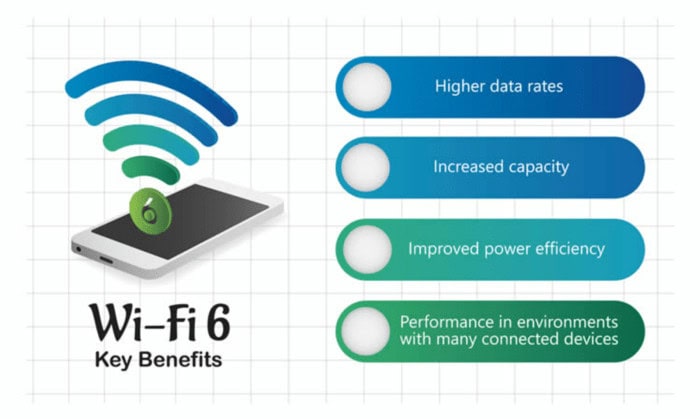 Wi-Fi 6 is the best if you’re considering upgrading a Wi-Fi system that isn’t at home but rather in an office or public configuration with many users. It will make sense to use Wi-Fi 6 if you’re creating a new configuration rather than upgrading an existing one. Remember that Wi-Fi 6 is brand-new. Thus, modems and other equipment will cost you much more than those for Wi-Fi 5.
Wi-Fi 6 is the best if you’re considering upgrading a Wi-Fi system that isn’t at home but rather in an office or public configuration with many users. It will make sense to use Wi-Fi 6 if you’re creating a new configuration rather than upgrading an existing one. Remember that Wi-Fi 6 is brand-new. Thus, modems and other equipment will cost you much more than those for Wi-Fi 5.
See Also: How To Fix Amazon Fire Stick Not Connecting To WiFi [Solved]
Should I upgrade to Wi-Fi 6? Pros and Cons
The various pros and cons of Wi-Fi 6 are as written below.
Pros
The pros of Wifi 6 are:
Speed
Wi-Fi 6 is three to four times quicker than Wi-Fi 5 in terms of speed. Early Wi-Fi networks shared bandwidth, which made them slower as more devices joined the network. Wi-Fi 6 won’t since it effectively uses the available bandwidth for each transmission by using frequency-division multiple access (FDMA). 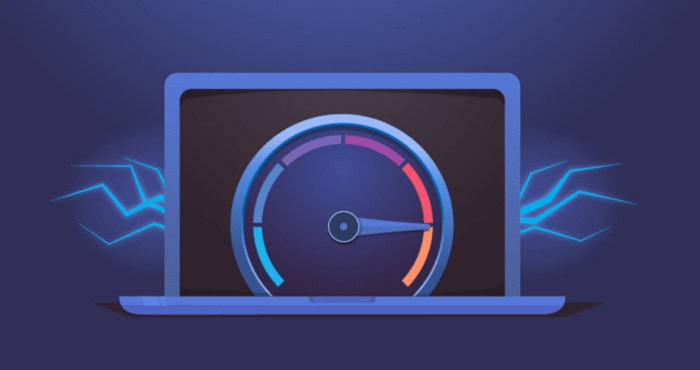 Contrary to earlier standards, which required that each device linked to a network have its own communication channel, FDMA allows all connected devices to share a single channel across various frequency bands. More data can now be transmitted thanks to this feature. It can increase efficiency up to four times while ensuring no bandwidth is wasted during each transmission.
Contrary to earlier standards, which required that each device linked to a network have its own communication channel, FDMA allows all connected devices to share a single channel across various frequency bands. More data can now be transmitted thanks to this feature. It can increase efficiency up to four times while ensuring no bandwidth is wasted during each transmission.
Long battery life
Wi-Fi 6 routers also have longer battery life than earlier models. The router’s new “target wake time” (TWT) feature enables it to rouse up your device at a predetermined time so that it may connect before you leave the house or receive an important notice while you’re gone. Target wake time can help reduce power consumption and increase energy efficiency. It also gives your devices the much-needed rest to ensure a healthy battery life.
Target wake time can help reduce power consumption and increase energy efficiency. It also gives your devices the much-needed rest to ensure a healthy battery life.
Safer
In 2018, the WPA3 security protocol, which is required for new Wi-Fi networks but optional for older ones, was released.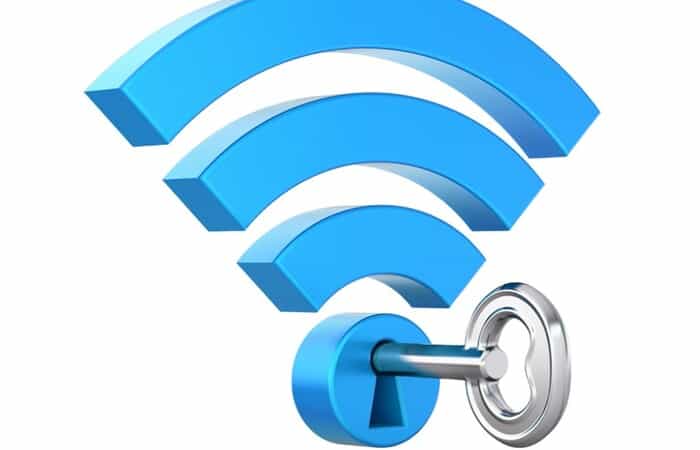
As a result, the adoption of Wi-Fi Alliance certifications forces its use and offers a safer setup, thanks to enhanced encryption and increased security against computer intrusions.
Cons
The cons of Wifi 6 are:
Range
Wi-Fi 6’s range is less than the 5 GHz network, and obstructions between the modem and the device will cause signal interruptions more frequently.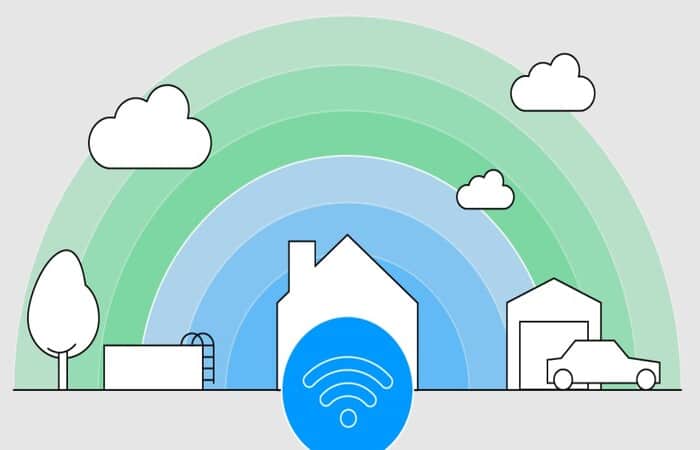
See Also: Tricks To Know How To Receive Wi-Fi Signal From A Long Distance
Supported devices
It does not provide much faster performance than non-supporting devices. 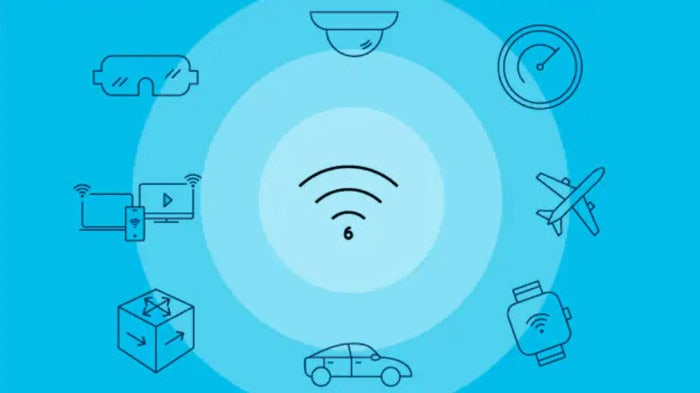 For instance, upgrading your router to Wi-Fi won’t impact speeds if your laptop only supports Wi-Fi up to 802.11ac, the previous standard.
For instance, upgrading your router to Wi-Fi won’t impact speeds if your laptop only supports Wi-Fi up to 802.11ac, the previous standard.
FAQs
Is Wi-Fi 6 compatible with older devices?
Your older Wi-Fi devices will function with Wi-Fi 6 networks since Wi-Fi 6 is backwards compatible.
Is mesh Wi-Fi superior to Wi-Fi 6?
Mesh Wi-Fi is a type of Wi-Fi arrangement. It is also available with Wi-Fi 6 support. A mesh Wi-Fi 6 setup will be superior to a standard Wi-Fi 6 setup if you wish to provide Wi-Fi coverage for a sizable area. Your usage situations will determine which is better for you.
Why is Wi-Fi 6E used?
Wi-Fi 6E, the successor to Wi-Fi 6, utilizes the 6Ghz band instead of just the 2.4Ghz and 5Ghz bands that Wi-Fi has always used.
Does Wi-Fi 6 require a new router?
To use all the new features that the new Wi-Fi standard enables, you will need a Wi-Fi 6 router. The new Wi-Fi standard's features are supported by hardware not present in earlier routers.
See Also: How To Find The Wifi Password On Mac [Complete Guide]
Conclusion
Is Wi-Fi 6 worth it? Wi-Fi 6 is revolutionary. Data speeds will be able to double or even triple with the next generation of Wi-Fi, and it will also offer more coverage in areas where there were previously dead zones. It is a good investment if you weigh the pros and cons in your favor.

Meet Nick Pino, our Senior Editor of Home Entertainment at TechiePlus, covering TVs, headphones, speakers, video games, VR, and streaming devices.
